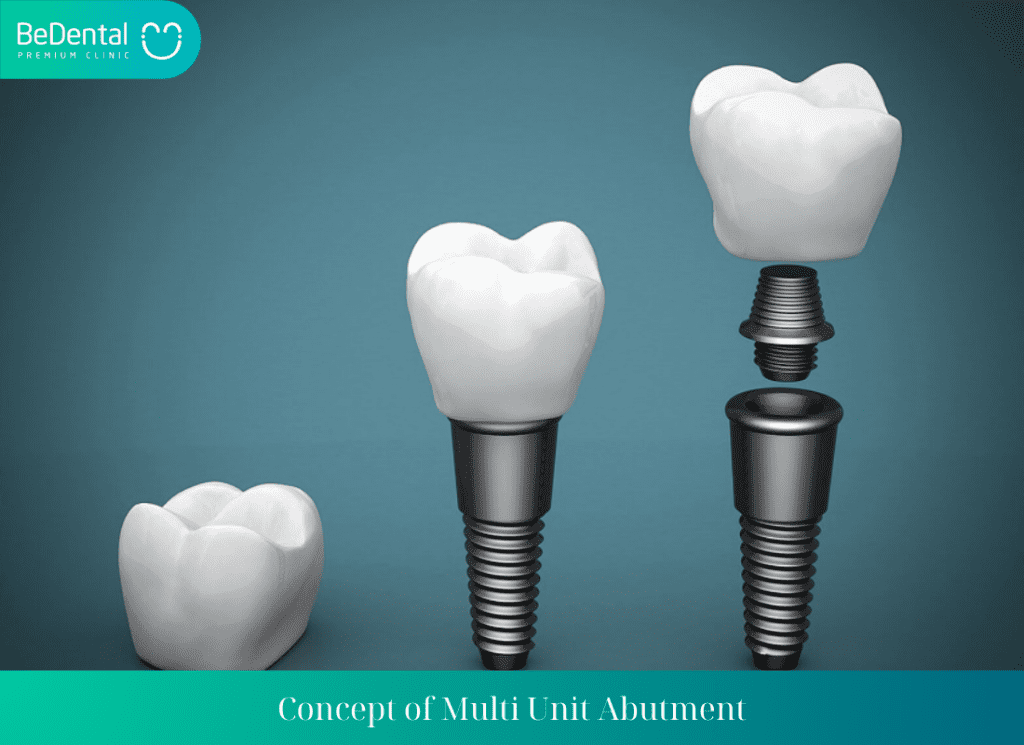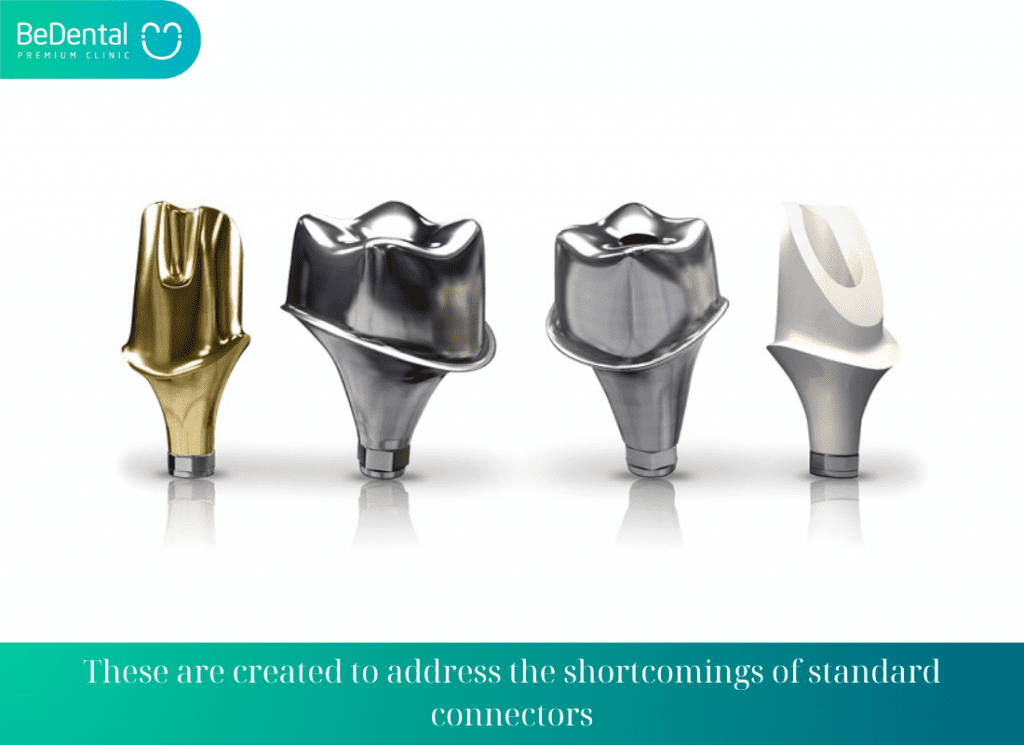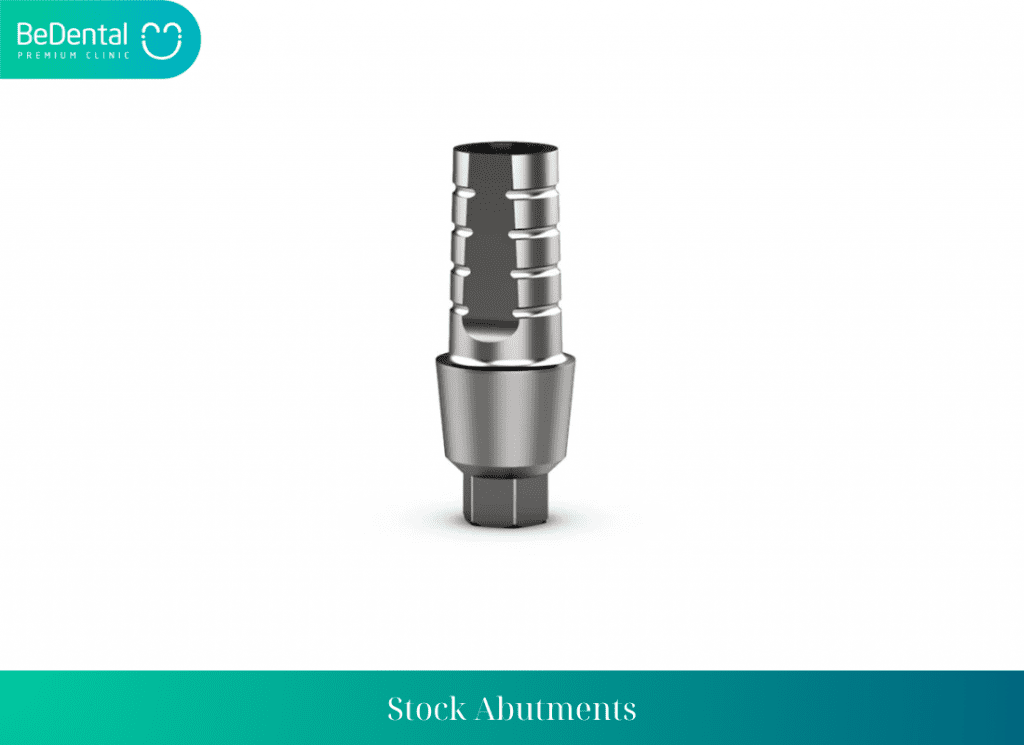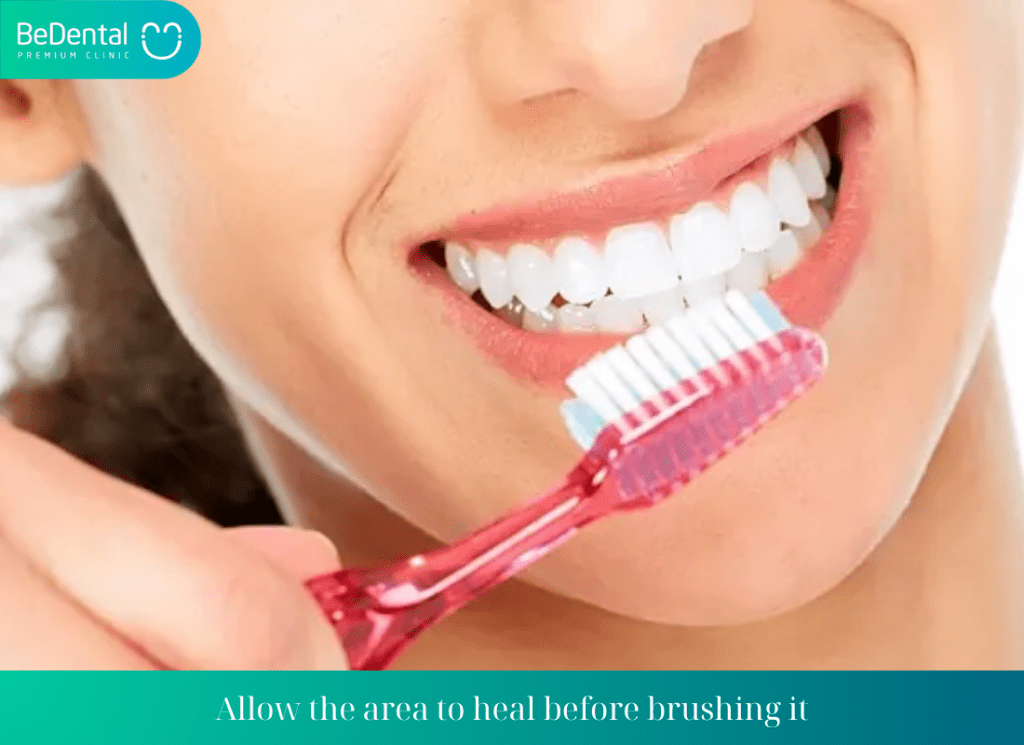What is Abutment? To create a complete dental implant, there are three essential components: the implant post, the porcelain tooth, and the abutment. Abutment Implant plays a key role in completing the dental implant process in patients.
This component is essential and indispensable in the implant dentistry field. So What is Abutment? What are the characteristics of Abutment? Considerations when choosing Abutment? Follow this article to learn more about this product.
What is Abutment?
What is Abutment? The Abutment Implant, also known as a screw or connector, is a vital part in shaping the structure of the dental implant. Its role is to connect the base of the tooth post to the artificial tooth above. The Abutment connector can be detachable or designed as a single unit, depending on the product and the brand manufacturing the implant post.
What is Abutment? Abutments come in various shapes, from straight to angled. Additionally, these connectors are made from different materials such as titanium, gold, stainless steel, etc.

What is Abutment? Most Abutments have a cylindrical shape, two different ends, and when restored, they sit above the gum line. One end is precisely designed to create a tight fit with the implant mouth and provide a strong foundation for the remaining parts. The other end is the entrance hole for the screw used to secure it to the implant post.
What is Abutment? The role of the Abutment is to fix and support the porcelain tooth on the implant post. This creates a new, durable, and natural-looking tooth. After the implant post integrates with the jawbone, the Abutment is installed to create a secure connection between these two components.
See more: Dental implants
Concept of Multi Unit Abutment
The Multi Unit Abutment is also a component used in dental implant procedures. The difference is that the Multi Unit Abutment is used in cases where multiple units are needed and connected to a single implant post.
The basic system of the Multi Unit includes a main Abutment and several auxiliary Abutments. The main connector attaches to the implant post and bears the primary load. The auxiliary connectors attach to the main Abutment through a connecting system.
However, the auxiliary Abutments serve to create the Multi Unit connection to attach to structures like artificial teeth, dental bridges, and temporary frameworks.

The Multi Unit Abutment allows for connecting multiple units to ensure stability and a secure connection. It also adjusts the angle of the connecting units for proper fit and aesthetics. Therefore, the Multi Unit Abutment is used to restore teeth in cases of multiple missing teeth or to create a dental bridge with different connecting units.
How is the Implant Abutment constructed?
The Abutment will have a cylindrical shape with two ends and a connecting screw. The lower end is designed to fit snugly into the implant mouth. Conversely, the upper end allows the screw to pass through, securely attaching the Abutment to the implant mouth.
See more: Implant osstem
The screw portion will be above the gum line, firmly attached to the tooth post to support and create a complete tooth. The connecting screw is only fixed when the post has fully integrated with the jawbone. The screw also serves as a replacement for the natural tooth’s lower portion under the enamel
Some key characteristics of Abutment
Although the small connector is within the structure of the tooth, the Abutment can significantly impact the dental implant. Therefore, to increase durability and success rate, you need to ensure the quality and standards as follows:
- Material: Abutment is primarily made from Titanium or precious metals to ensure safety and not harm the customer’s health. The connector must have compatibility and snugly fit the gum line. This helps prevent others from noticing when you use artificial teeth and avoids creating gaps for bacteria to cause tooth damage.
- Design and Position: Abutment often comes in various designs, corresponding to different positions and cases of dental restoration. Therefore, the dentist must have practical experience to make the appropriate choice for the customer.
- Lifespan: The lifespan of the Abutment is similar to the implant tooth post. Customers should prioritize high-quality post products and dental restorations at reputable dental clinics.

Classifications of Abutment
Standard Connectors
Standard connectors are pre-designed and manufactured types of Abutments. Standard Abutments come in straight or angled shapes. They have fixed sizes and are used depending on the positions of the teeth that need restoration.
See more: Implant care and 6 common concerns
Straight connectors are used for positions in the jaw where the tooth’s post placement is wide and not tilted. On the other hand, angled connectors are used for positions like molars or areas where the jawbone does not have enough space for a straight connector.
Customized Connectors
Customized Abutments, also known as personalized Abutments, are created to address the shortcomings of standard connectors. Some standard Abutments may not fit snugly against the gum line. Therefore, they can create small gaps and provide conditions for bacteria to reside and attack the underlying tooth structure.

Benefits of Using an Abutment in Tooth
- An abutment is a small metal connector used to attach a dental implant to a dental prosthesis.
- Abutments also allow for the replacement of a dental prosthesis without removing the entire implant
- Since they are easy to clean and do not require special maintenance, abutments can help prolong the lifespan of your dental prosthesis.
- Abutments are placed after the implant site has healed, and the permanent dental prosthesis is prepared. The abutment is connected to the implant using a screw.
- Once in position, the abutment serves as a foundation for the new tooth. In some cases, an abutment may be placed during the implant surgery.
- Facilitates the easy removal and replacement of dental prosthetics
- Can contribute to extending the lifespan of your dental prosthesis
- Simple to clean and does not require specialized care
Types of Abutments
Stock Abutments

Titanium Abutments
Zirconium Abutments
- Infection: If proper oral hygiene is not maintained, there is a risk of infection around the abutment site.
- Soft tissue irritation: The gum tissue around the abutment may become irritated or inflamed, leading to discomfort.
- Abutment loosening: In some cases, the abutment may become loose, requiring re-tightening or replacement.
- Bone loss: Inadequate osseointegration or improper placement of the abutment can lead to bone loss around the implant site.
- Allergic reactions: Some individuals may have allergic reactions to the materials used in the abutment, such as metals or ceramics.
- Failure of the implant: In rare cases, the dental implant may fail to integrate properly with the surrounding bone, leading to implant failure.
Abutment Care Recommendations
- After receiving the abutment, rinse your mouth with warm saltwater every 4-6 hours for a couple of weeks.
- Begin brushing your teeth the day following the surgery, avoiding the abutment regions.
- Use a gauze soaked in antibacterial mouthwash to gently cleanse the abutment area three times a day.
- Avoid placing pressure on the abutment area while brushing to prevent any delays in healing.
Is it okay to clean my abutment teeth with a toothbrush?
Beside “What is Abutment?”, you should know “Is it okay to clean my abutment teeth with a toothbrush?”. After the abutment is inserted into your gums, allow the area to heal before brushing it. Avoid brushing the abutment immediately after the dental procedure. Instead, gently brush the abutment while brushing your teeth without applying pressure. If using an electric toothbrush, remember to turn off the motor when cleaning the abutment area.

See more: Dentium implants – 5 steps procedure
The above article has helped you answer the question: “What is Abutment?“. Contact Bedental if you want advice on appropriate methods to have more precious information, we will provide free help 24/7.
Tư vấn chuyên môn bài viết:
BÁC SĨ DƯƠNG THỊ THÙY NGA





